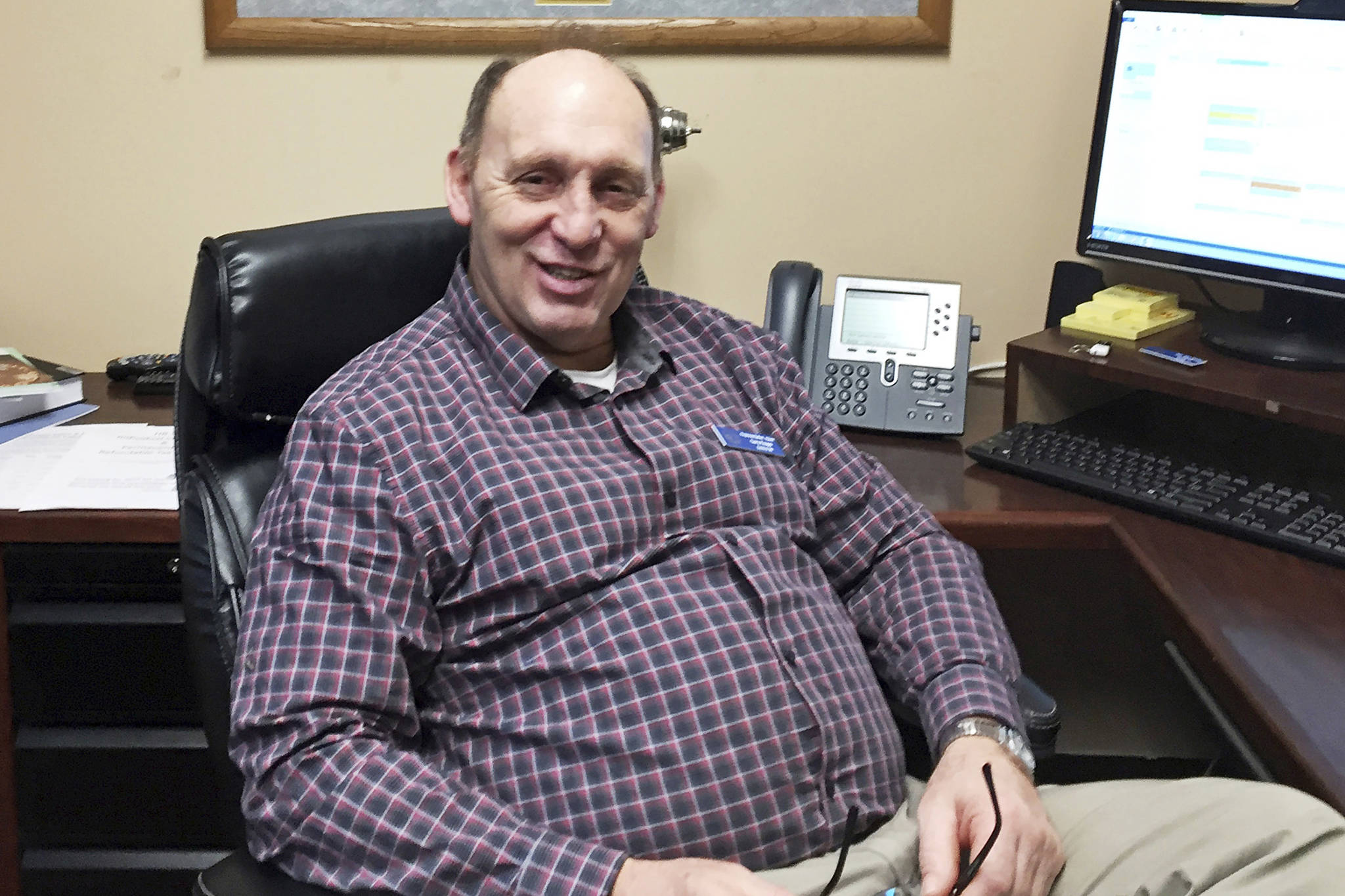A Republican state lawmaker is seeking to create a bipartisan majority coalition in the House after leaving a fragile GOP caucus that he said was “doomed to fail.”
The announcement by Kenai Rep. Gary Knopp is the latest twist in efforts to organize the House, with the new legislative session now just five weeks away.
Knopp said Monday he wanted to start talks on possibly forming a bipartisan coalition, with leadership roles divided equally between Republican and Democratic lawmakers.
“This them-against-us stuff has just really run its course,” he said.
Recent years have been marked by sharp debate over how to address a state budget deficit and what size check Alaskans should get from the state oil-wealth fund. The future of the Alaska Permanent Fund dividend check program is expected to be a big issue in the coming session.
Knopp said he wasn’t sure whether a majority of some type would be in place in time for the start of session, Jan. 15. If a majority were not in place by then, it wouldn’t be the first time that has happened.
In that case, Lt. Gov. Kevin Meyer would serve as speaker or elect a pro tempore to hold technical sessions until the House elects a speaker, said Jessica Geary, executive director of the Legislative Affairs Agency. The House so far has not hired any staff for the next session other than the chief clerk and sergeant at arms, Geary said by email.
Right after the November elections, Republicans rushed to claim control of the House, which the current House speaker, Democrat Bryce Edgmon, called premature. Republicans said they had the minimum 21 members needed for a majority, including Knopp and assuming a win in a Fairbanks race by Bart LeBon.
LeBon won an eventual recount in that race by one vote, though his Democratic rival, Kathryn Dodge, has appealed that outcome to the Alaska Supreme Court.
Last week, Republican Gov. Mike Dunleavy named incoming Republican Rep. Nancy Dahlstrom to be his corrections commissioner. She was set to replace Republican Rep. Dan Saddler, who resigned his seat Friday. By law, when legislative vacancies occur, the person appointed is to be from the same party as the person who left.
“You’d have to have been blind not to see the writing on the wall about this thing — just doomed to fail,” Knopp said, citing concerns with the level of experience among members and potential divisions as Dunleavy rolls out his policies.
Majority control in Alaska is not always strictly decided on party lines.
In the House, Democrats, after the 2016 elections, pulled together a 22-member coalition that included two independents and three moderate Republicans to wrest control from a GOP-led majority. One of the independents and one of the Republicans, Rep. Paul Seaton, who changed his party affiliation to nonpartisan ahead of this year’s elections, lost. The seat LeBon and Dodge are vying for has been held by Democratic Rep. Scott Kawasaki, who won a state Senate seat in last month’s elections.
At the end of the last session, Knopp said some Republicans, whom he declined to identify, said forming a coalition going forward would be critical.
Republican Reps. Lance Pruitt and Dave Talerico said their preference would be to have a GOP-led majority. No matter the size of the majority, members are going to have difficult conversations, Pruitt said.
Pruitt, an Anchorage Republican, said Knopp’s actions bothered him.
“This is more likely posturing for what potentially could be his own personal gain as opposed to truly doing what’s right for the state,” he said.
Knopp said it’s not a power play.
“I’ve never asked for anything out of any of this,” he said.
House Majority Leader Chris Tuck, an Anchorage Democrat, said he thinks a coalition could be formed around several key principles. He noted that Knopp has not committed to his organization, either.
• By BECKY BOHRER, Associated Press


